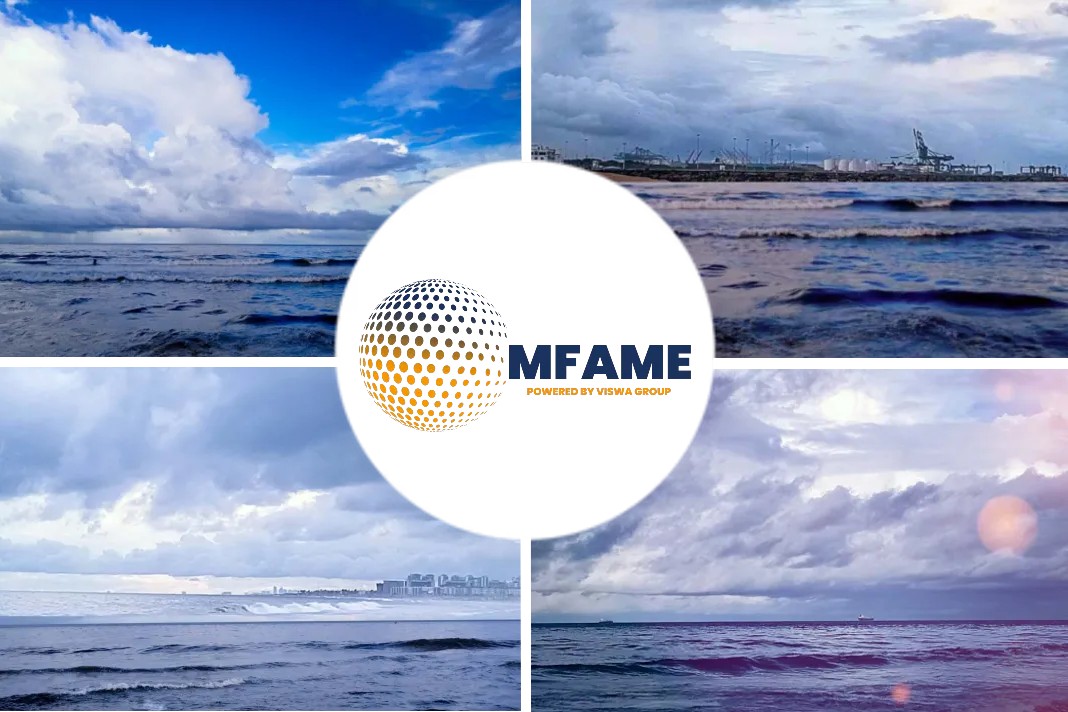- Interbasin spreads have come in recently
- Reversal of December trend sign of market volatility
Several LNG cargoes heading to Europe for February delivery were heard to have been diverted recently to Asia amid an uptick in end-user demand in the Pacific and limited available slots for prompt deliveries in the Atlantic, according to market sources, reports Platts.
Shift in trade flows
The shift in trade flows reverses the trend seen in December, when diversions were in the opposite direction amid strong demand in Europe. It offers further evidence of the volatility that has characterized the global LNG market since last fall.
Amid word of diversions to Asia, Panama Canal congestion has increased. The maximum wait on Jan. 24 for unreserved LNG tankers transiting the passageway was at eight days northbound toward the Gulf of Mexico and five days southbound toward the Pacific, according to the Panama Canal Authority.
“There have been some diversions away from Europe of February cargoes,” said an Atlantic-based trader.
Among the cargoes: the Bushu Maru tanker, which loaded at Freeport LNG in Texas, diverted from its previous course toward France’s Dunkirk terminal, before crossing the Panama Canal headed to Japan, and the Woodside Chaney tanker, which loaded at Cheniere Energy’s Corpus Christi liquefaction terminal in Texas, was travelling east toward the English Channel, before diverting to the Mediterranean and signaling for Singapore, the trader said.
“Some cargoes are being diverted to Asia because of prompt demand from end users,” said a second Atlantic-based trader.
Limited slot availability
Limited slot availability in Europe for prompt cargoes also has been a contributing factor, said the second trader. “Nothing has changed,” the second trader said. What a difference a month makes.
During the fourth quarter of 2021, the LNG shipping market observed traders redirecting their ships from east toward Asia to west toward Europe in order to capitalize on the huge arbitrage opportunities created by surging LNG prices.
This resulted in tonne mile to decrease and traders showing length on the available tonnage as the market saw rates slipping.
During most of the second half of December, the spread between the Platts JKM, the benchmark for spot-traded LNG delivered to Northeast Asia, and the Dutch TTF European gas hub was negative, signaling better economics for delivering US cargoes to Europe. The spread is often used as a sign of arbitrage potential between the Atlantic and Pacific basins.
While the interbasin spread has remained negative so far in January, it has strengthened in recent days. The spread for April traded at minus 80 cents/MMBtu before London close on Jan. 24.
Negative interbasin spread
Currently, with the narrow spread between Asian and European LNG prices and with cold weather predictions in Asia, the market sees traders redirecting once again their ships but now on the opposite side from west to east.
On Jan. 24, the Pacific day rate for tri-fuel diesel-electric ships was assessed by S&P Global Platts at $40,000/d while the Atlantic day rate for the same class type of ships was assessed at $31,000/d. The freight route cost from Northwest Europe to East Asia stood at $2.45/MMBtu, compared with $4.35/MMBtu on Dec. 29, a decrease of 44%.
Did you subscribe to our daily Newsletter?
It’s Free! Click here to Subscribe
Source: Platts
















